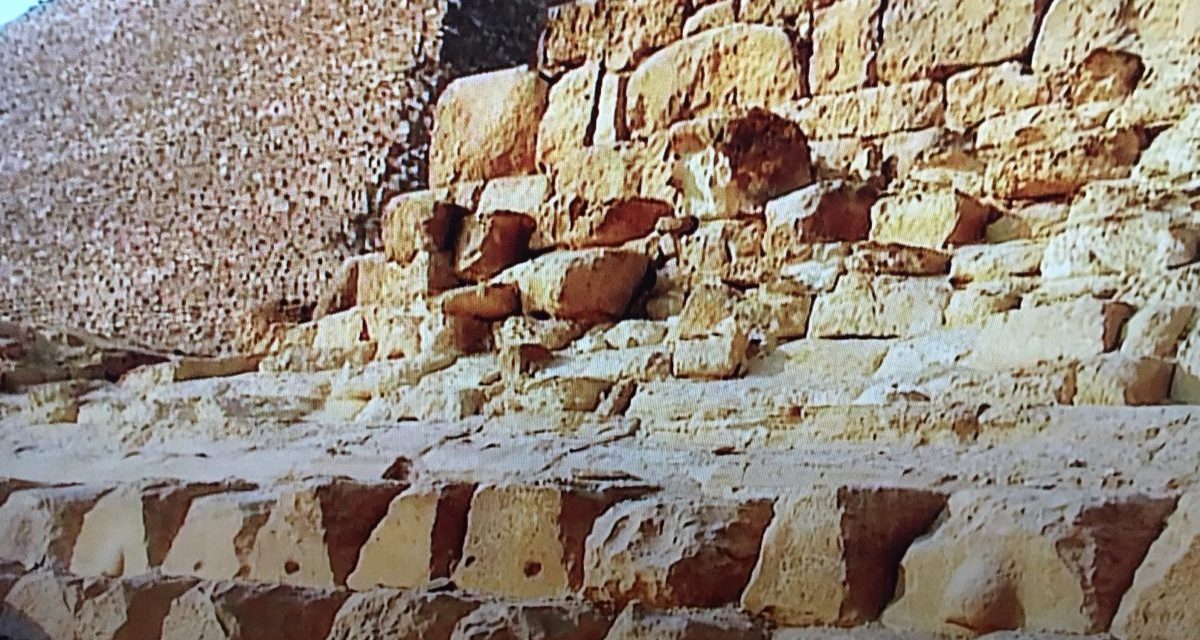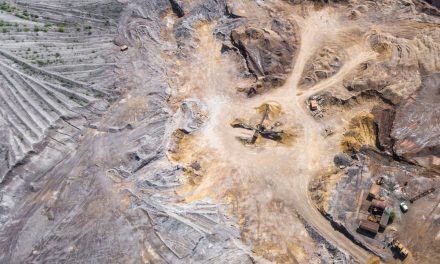Egypt is home of the great pyramid and is one of the first places people look for evidence of Atlantis. The original story from Plato claims that the story has Egyptian origins. When Solon was in Egypt he was told the story of the lost continent by the priests at the Neith temple in Sais. Neith was the goddess of war in early Egyptian culture and is best known as the mother of Ra (Horus). Neith may have also been mirrored in the Greek’s Athena who was also the goddess of war.
Made in Atlantis
While no one has found anything yet that specifically says (Made in Atlantis), looking for evidence of an advanced predecessor culture, or trans-Atlantic cultural connections, is where I often tend to start the search. Recently I saw something that both appears on both sides of the Atlantic and indicates a possibly more advanced technique than should have existed at the time.
Before I explain the picture above, think about how you would prepare 2.4 million stone blocks. Regardless of whether you are using a chisel/pounding, heating and cooling to force cracking, or some sort of a saw, the sides of the blocks are going to be more or less flat if not also parallel. It makes the fabrication process more repeatable and it gives you flexibility in where blocks are used. It’s also an efficient use of materials. If you design sides with protrusions, you need to waste a lot of material for those features to be available. It’s also going to take a lot more time to fashion the blocks.
What’s that Bump?
I don’t take pictures of my television very often, but occasionally the situation demands it. I was watching a show called Codes and Conspiracies and something jumped out at me that I hadn’t seen before. Notice the second stone from the right and left on the base row of stones. Each has a protrusion that you wouldn’t expect to be there if the stones were cut. I’ve seen these more frequently on stones in Peru and Easter Island . If you were quarrying stones this seems like an inefficient way to prepare blocks. Creating one of these protrusions would involve removing a lot of stone initially. And if you assume they planned to remove them, since it’s not on most of the other blocks, it would be even less efficient. In every case I’ve seen this, it’s slightly irregular and has the appearance of what might be left in a filling hole for a mold for something that was poured (like concrete).
So what were these protrusion used for? If this was part of the manufacturing process, it doesn’t appear efficient, but might have been used in the handling process. There might be some advantages if you are moving blocks with some sort of straps. It makes more sense if the blocks were poured/injected into some sort of a mold. This would represent a technology that as far as we know didn’t exist. Finding it on both sides of the Atlantic indicates a shared knowledge base. To me, this indicates either contact between these cultures, or a precursor culture or civilization like Atlantis.







